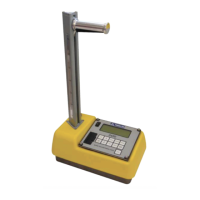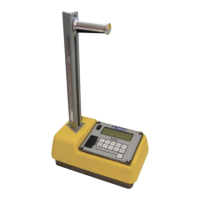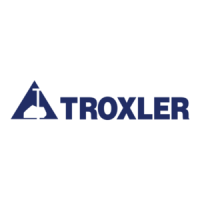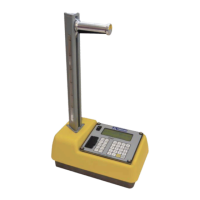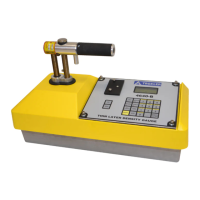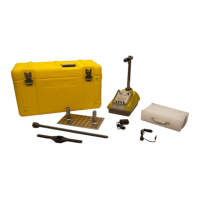Model 3440 2–7
Troxler calibrates the gauge at the factory and recommends that
it always be calibrated by an authorized Troxler service center.
For a list of Troxler and authorized Troxler service centers, refer
to page ii of this manual or visit the Troxler website at:
www.troxlerlabs.com/services
Offsets
The factory calibration provides accurate results for the
majority of materials encountered in construction. If the gauge
is to be used to test materials not covered by the factory
calibration, the readings can be adjusted using an offset.
Perform a density offset if the test material is outside the density
range for average soil or if the material composition varies from
average soil/asphalt.
Perform a moisture offset if the test material contains
hydrogenous materials (other than water) or materials that
absorb neutrons. Materials such as cement, gypsum, coal, mica,
and lime all contain chemically bound hydrogen that will cause
the gauge to display a moisture content that is higher than it
actual. Material such as boron and cadmium are neutron
absorbers and will cause the gauge to display a moisture count
that is lower than actual.
Vertical structures scatter neutrons and gamma photons back to
the gauge. This could result in inaccurate moisture and density
readings. To take readings in a trench or within 0.6 m (2 ft.) of a
large vertical structure, perform a trench offset.
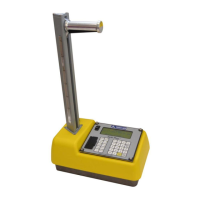
